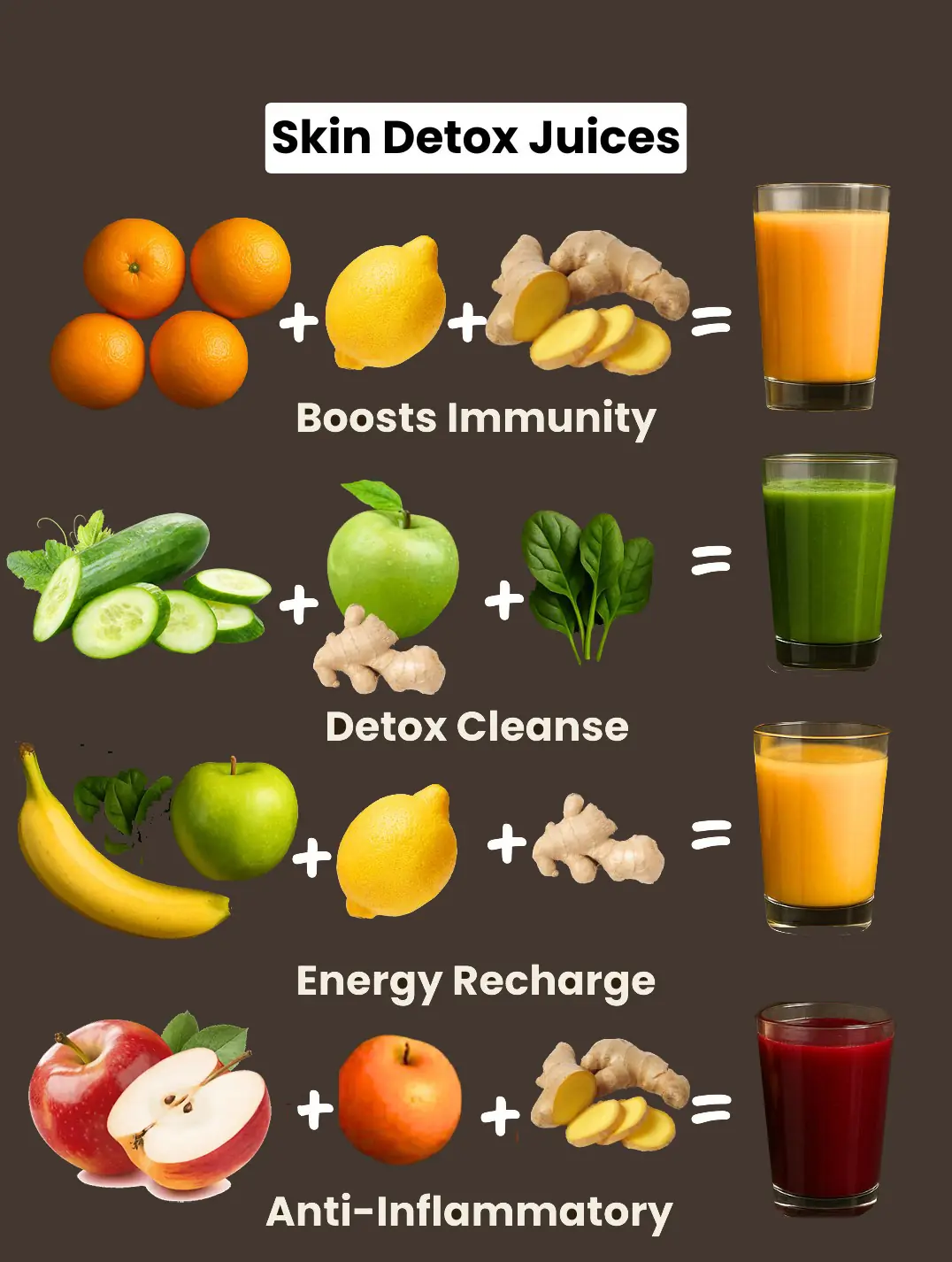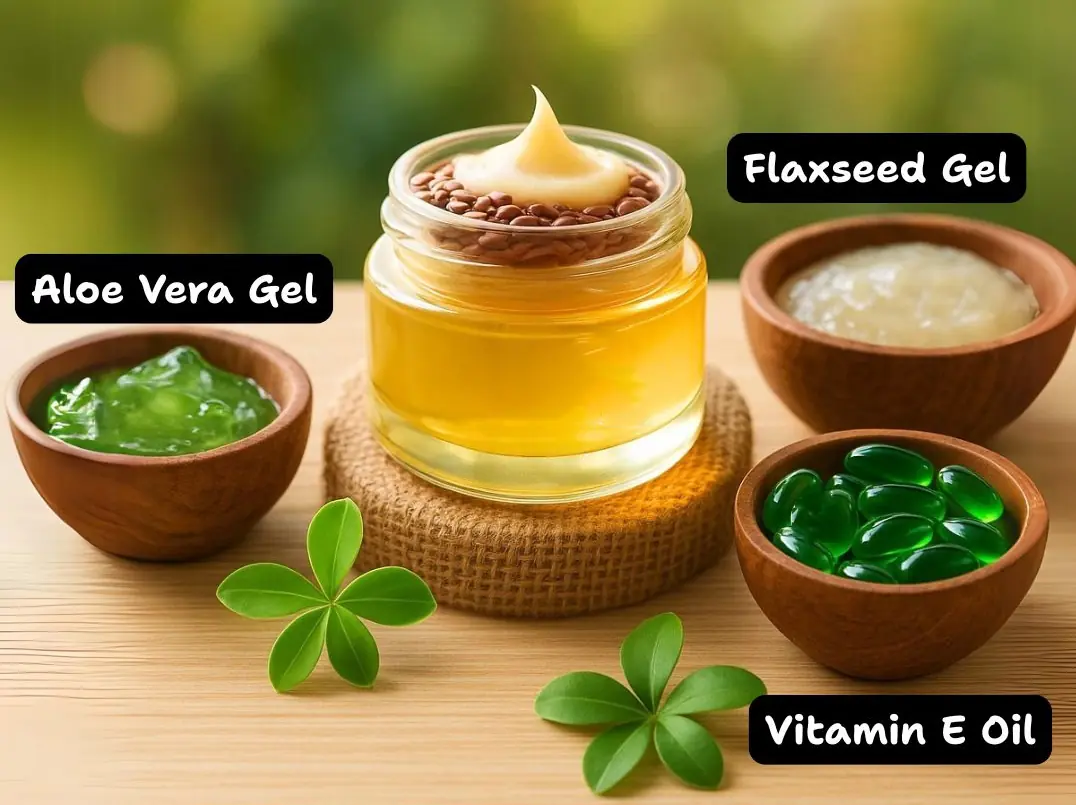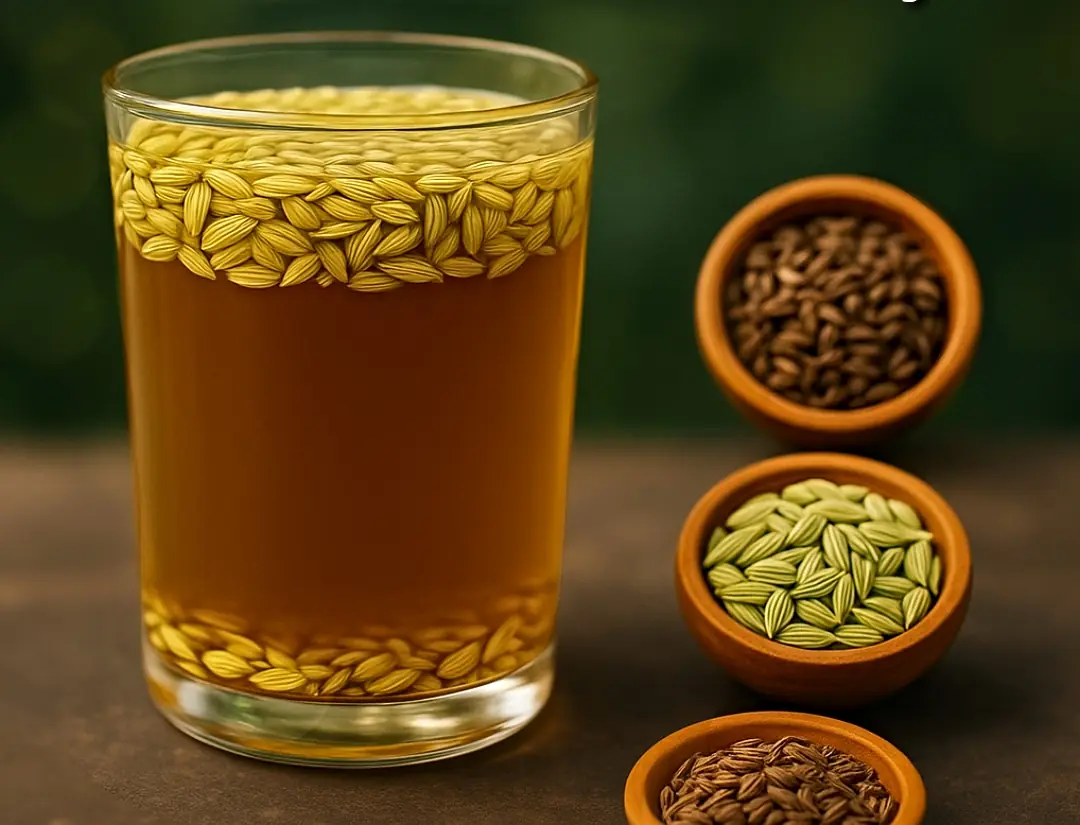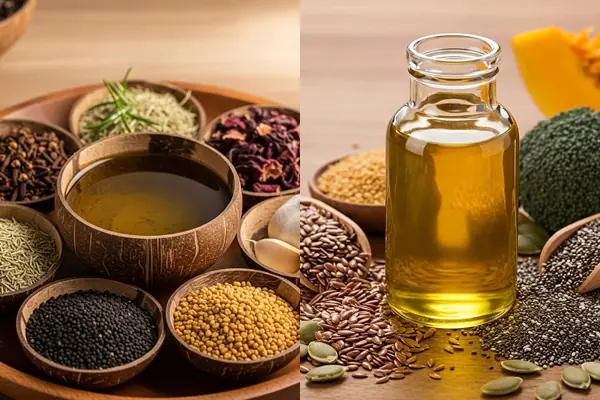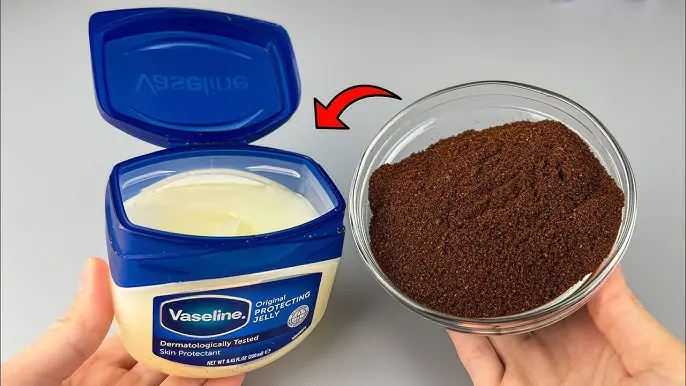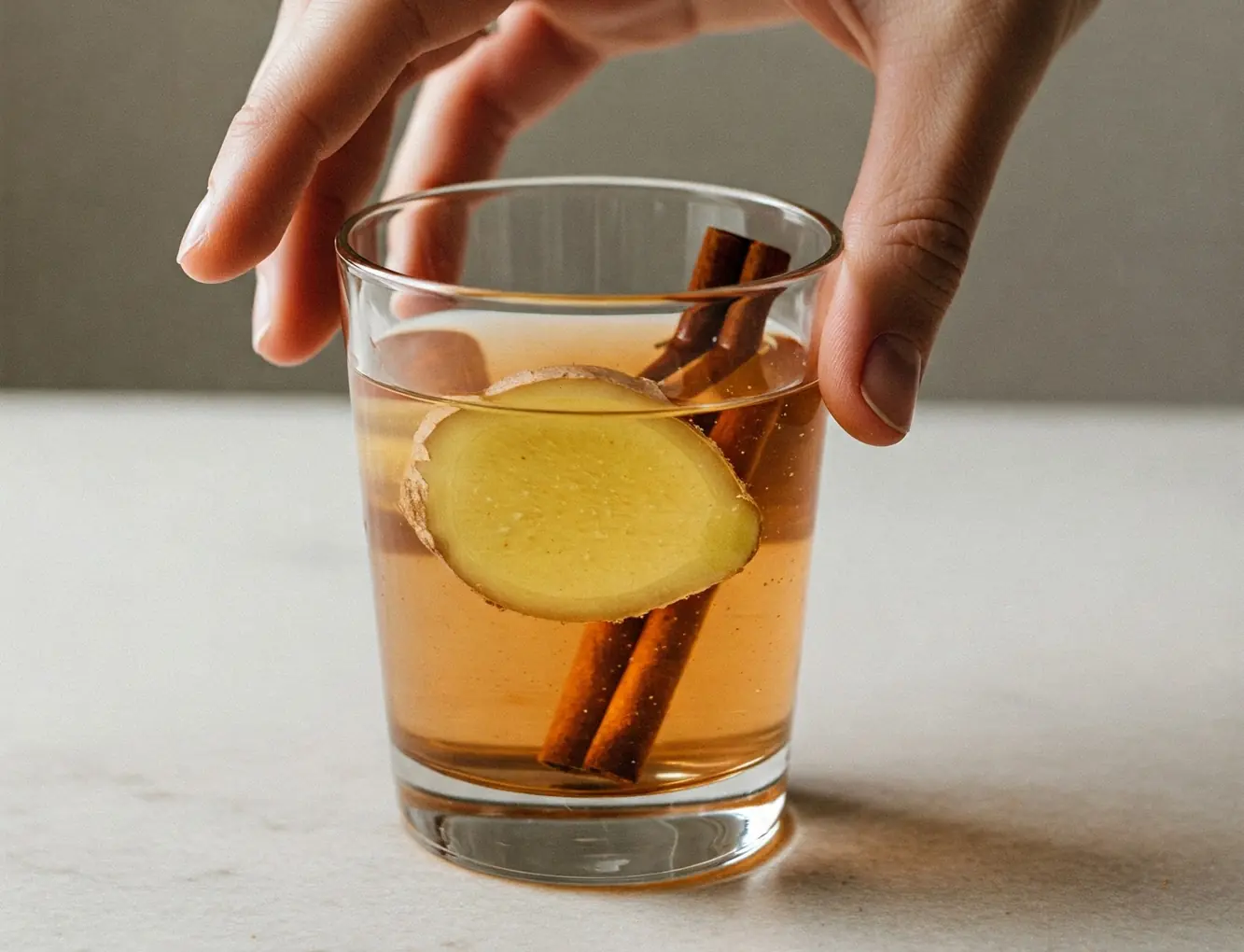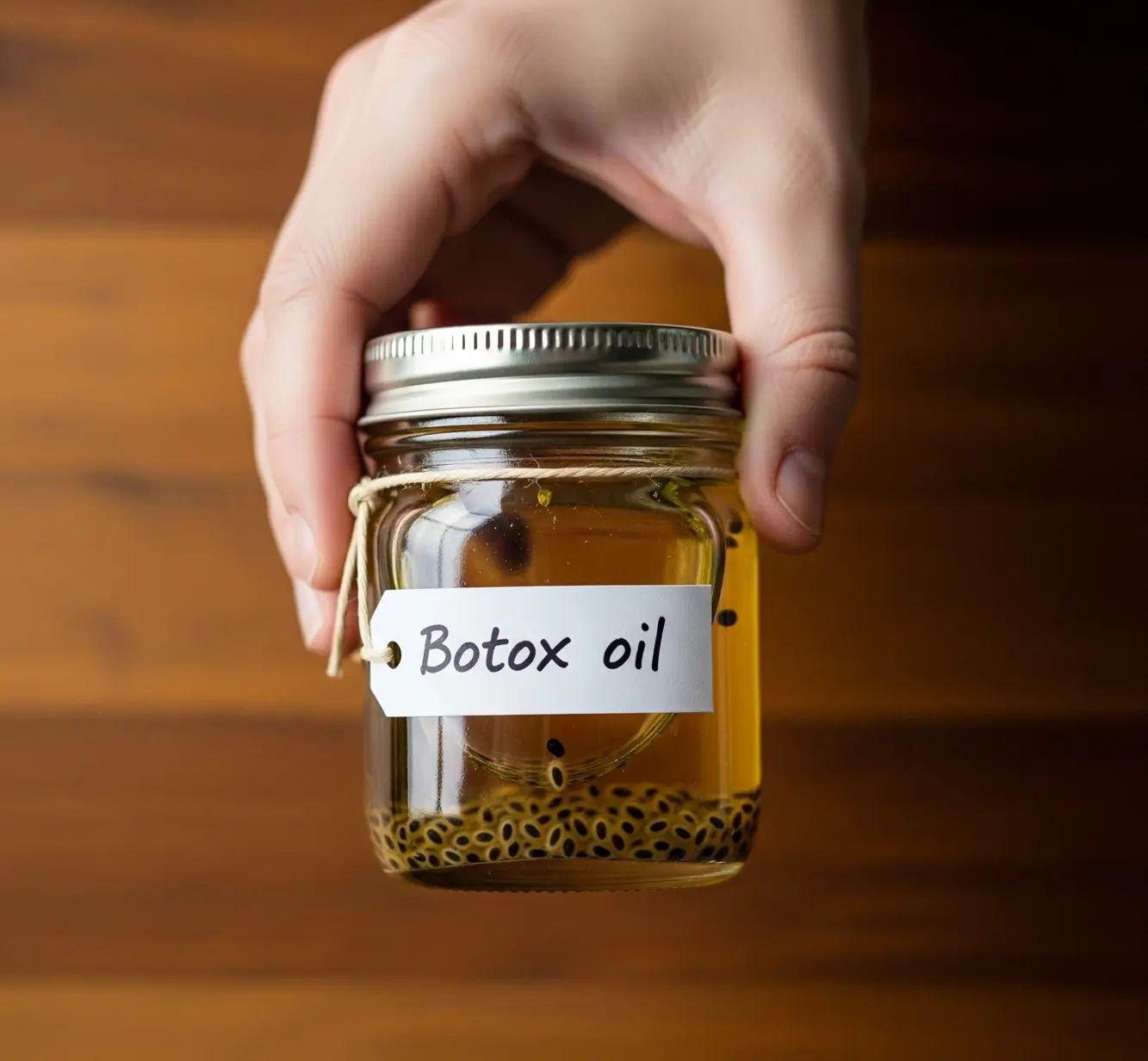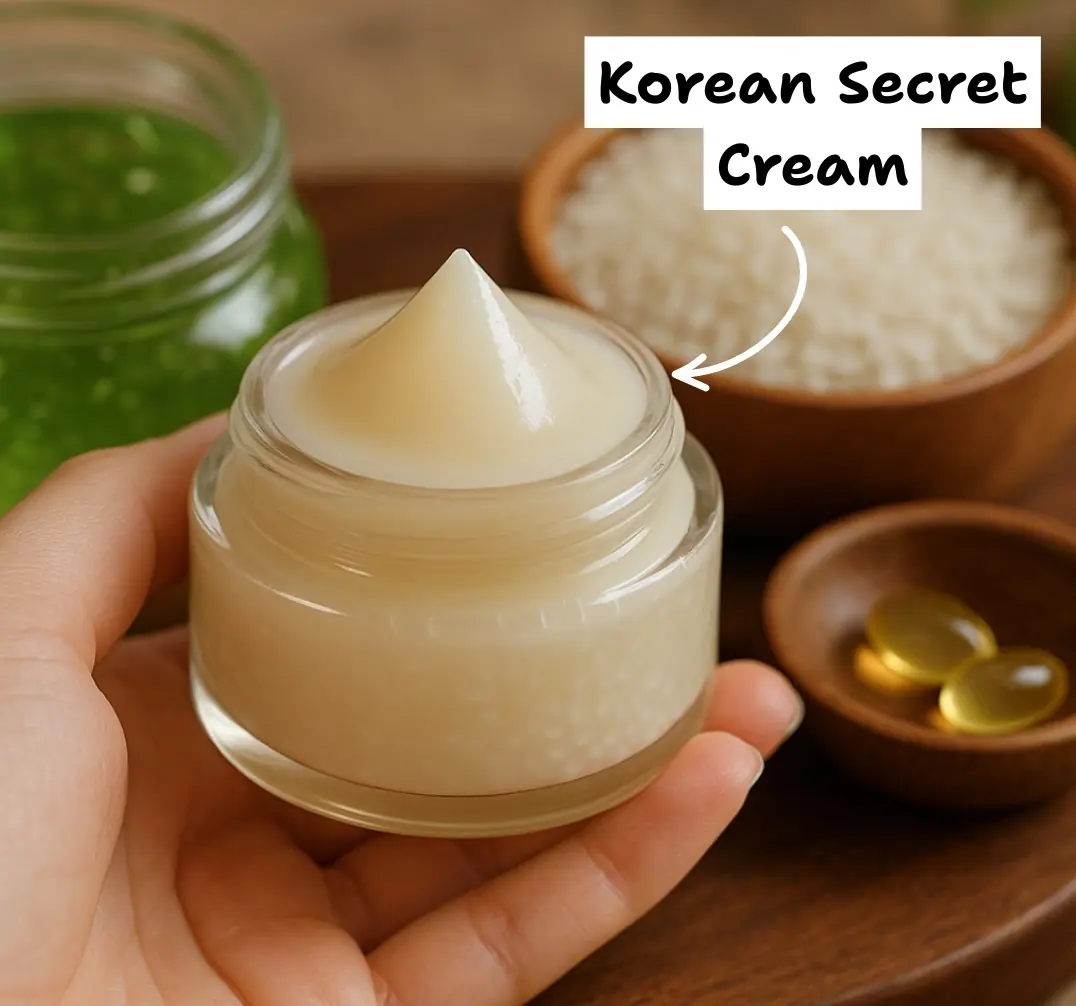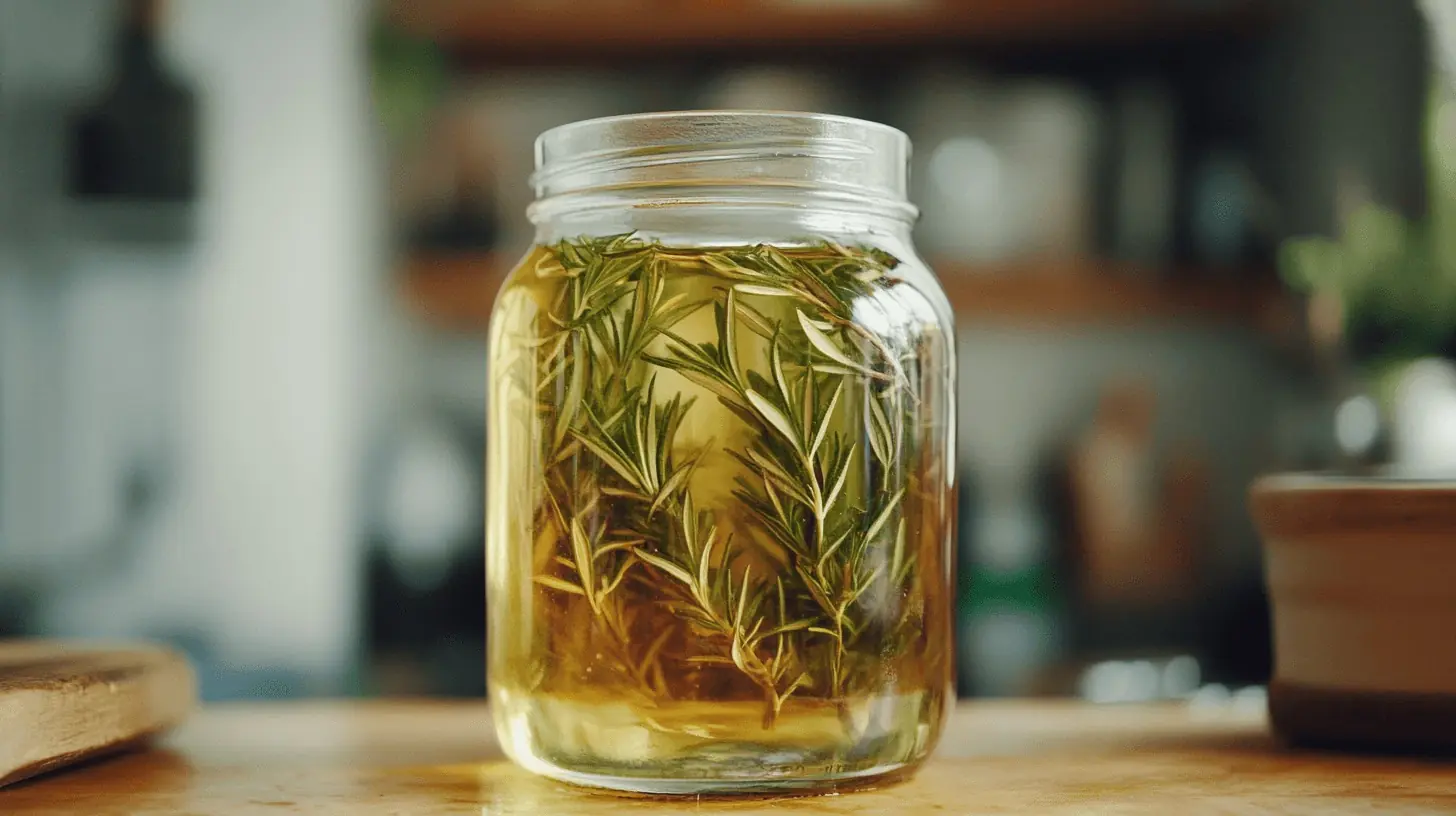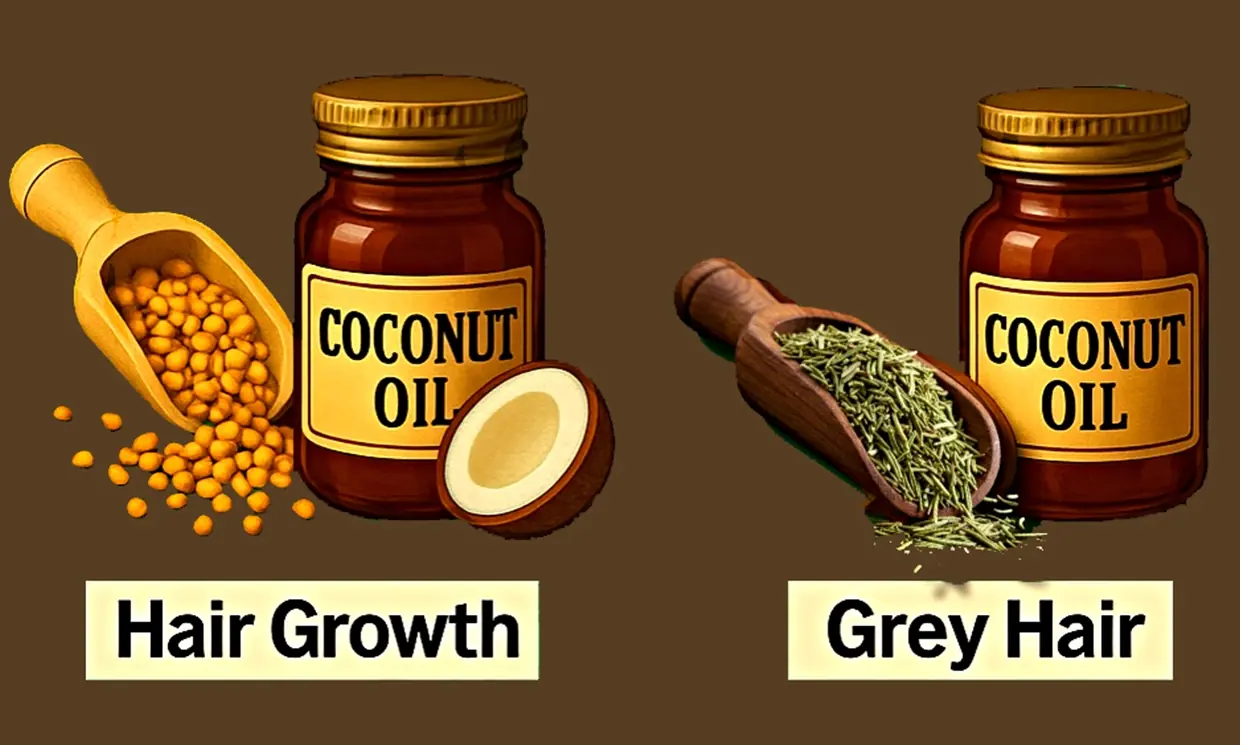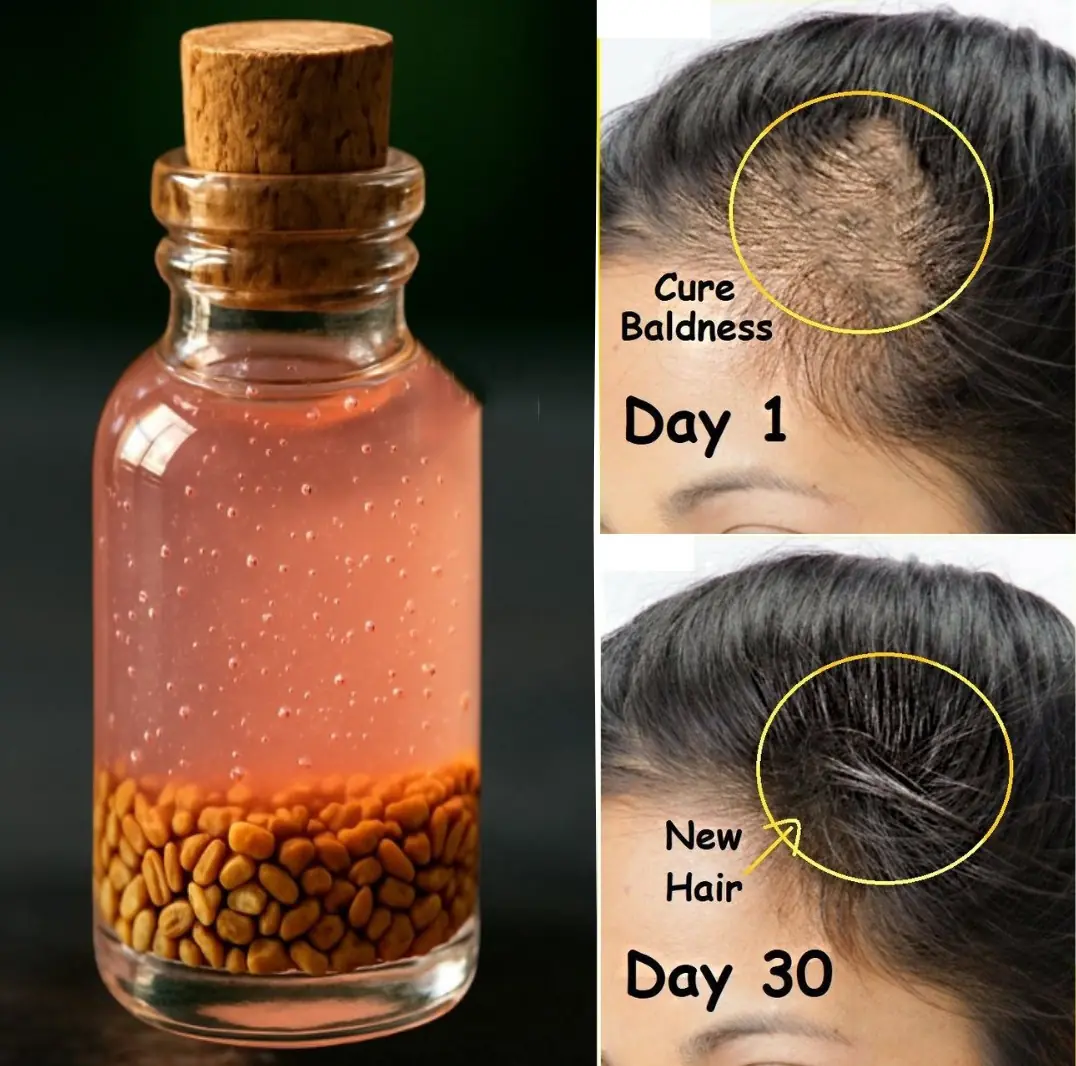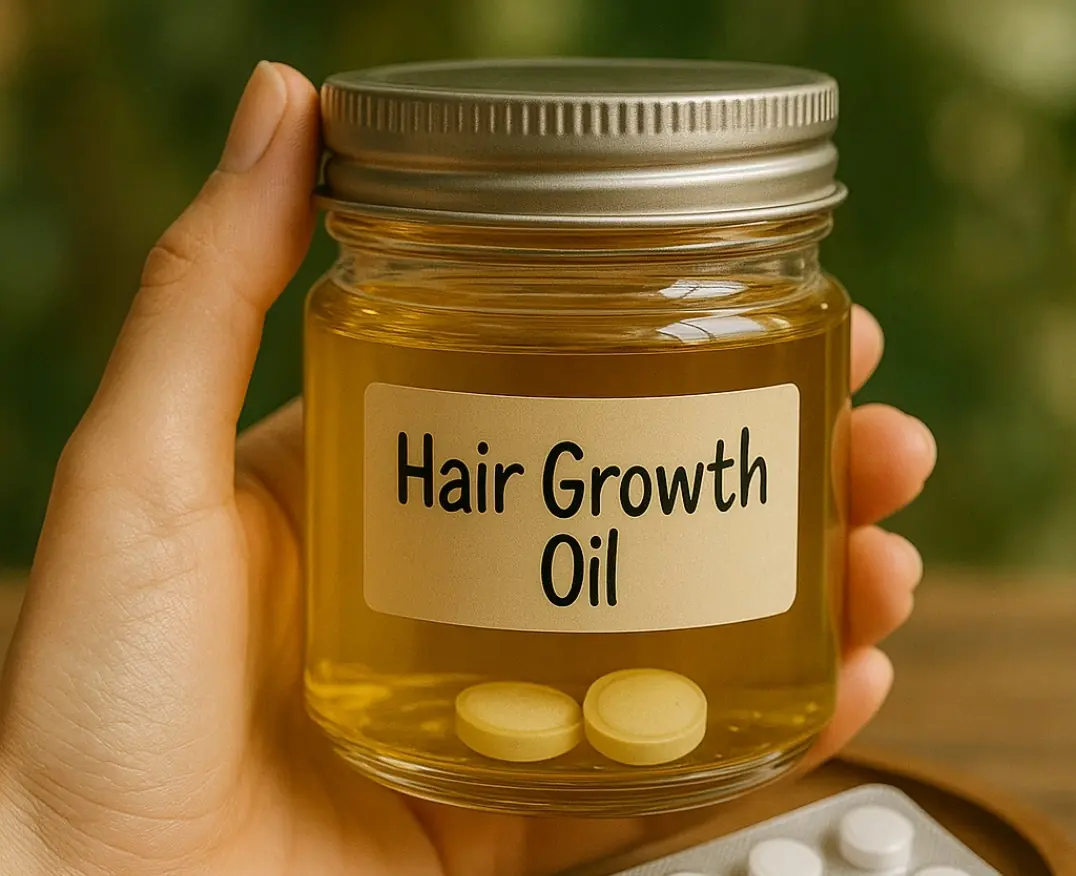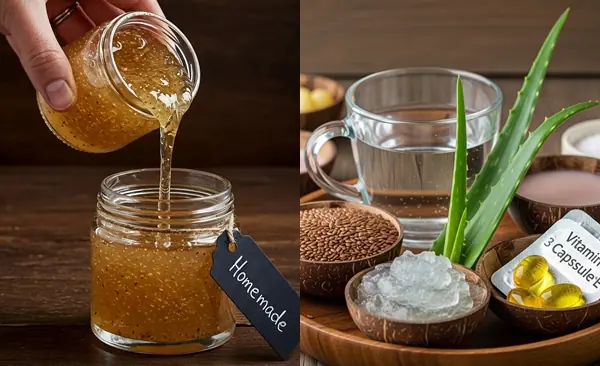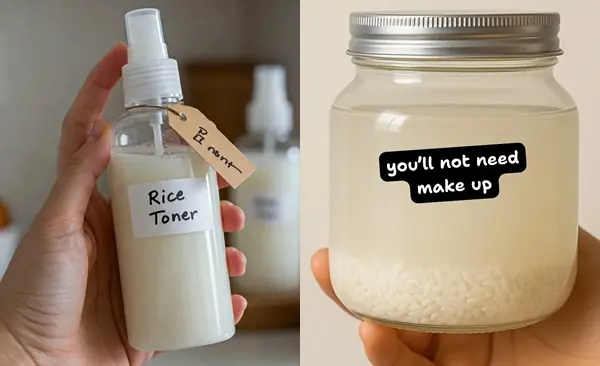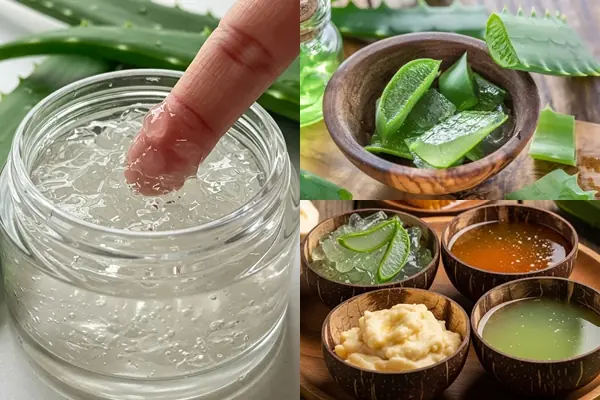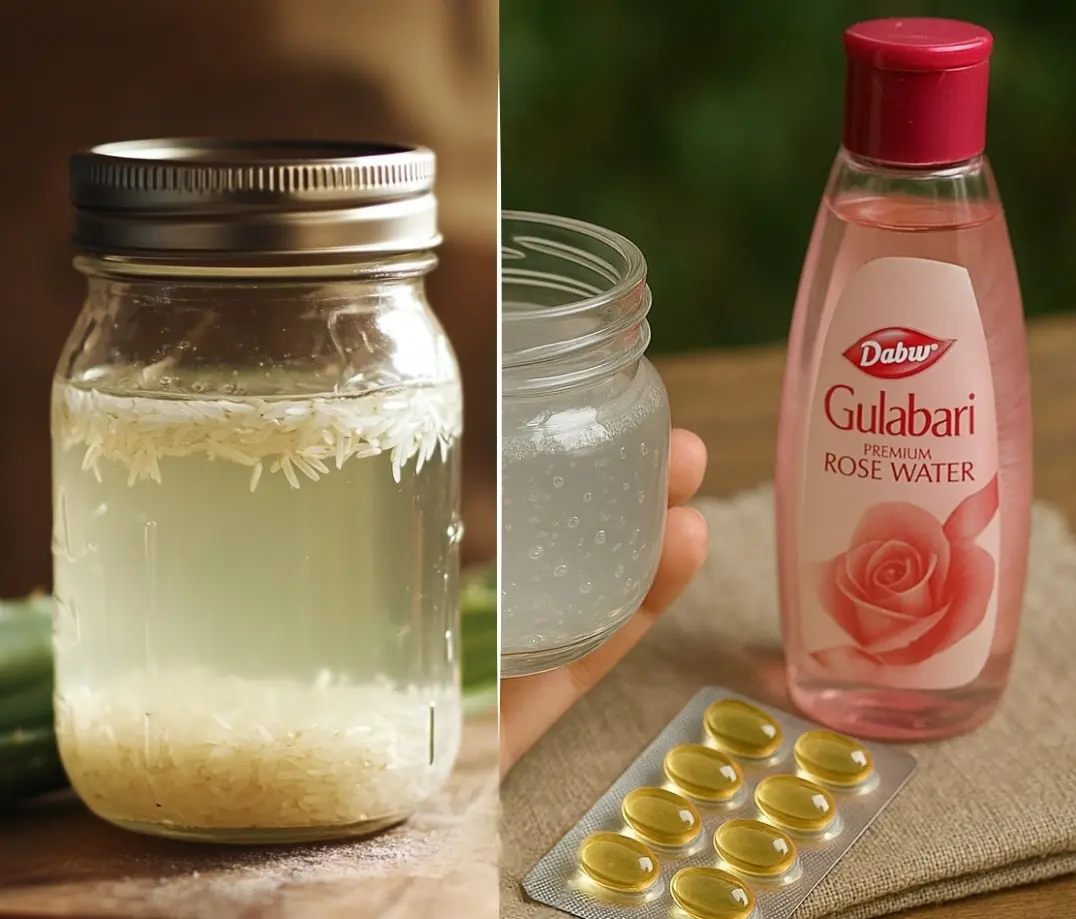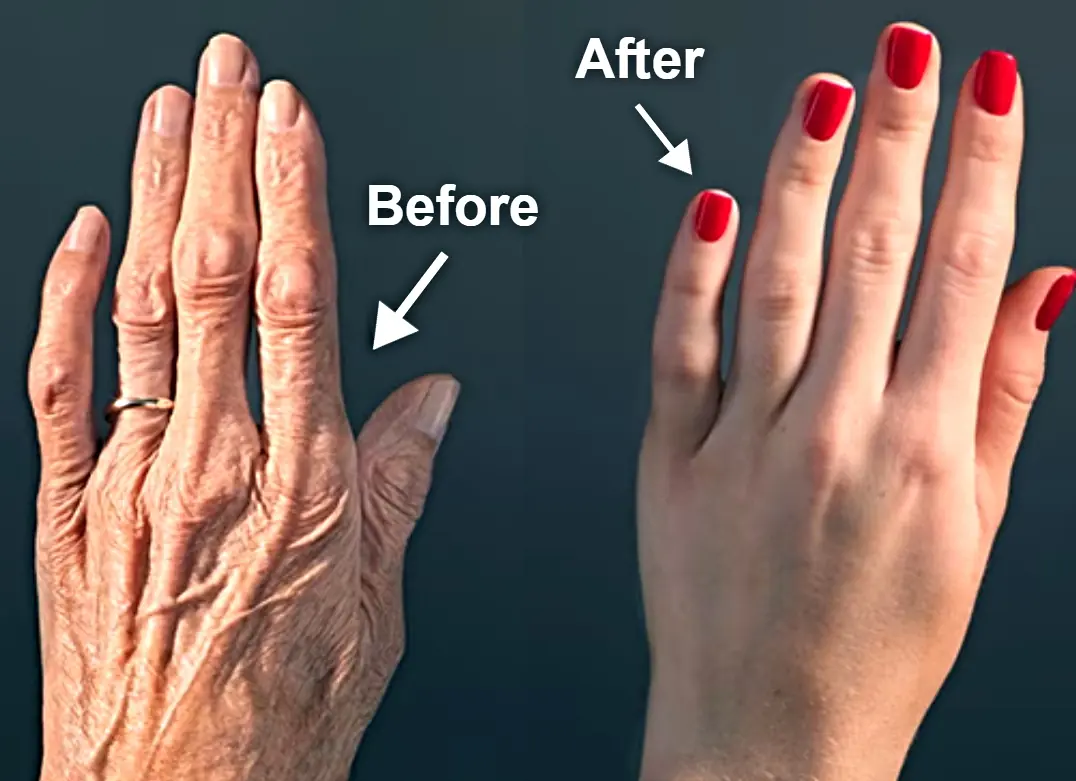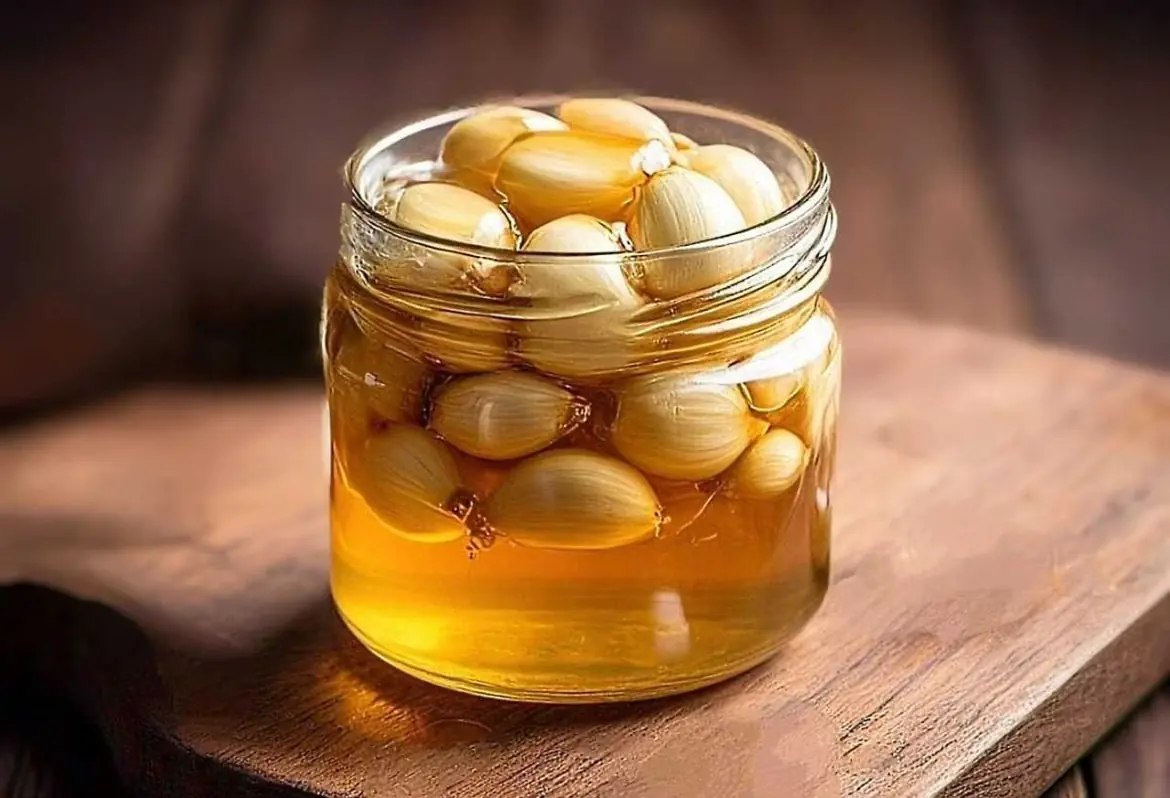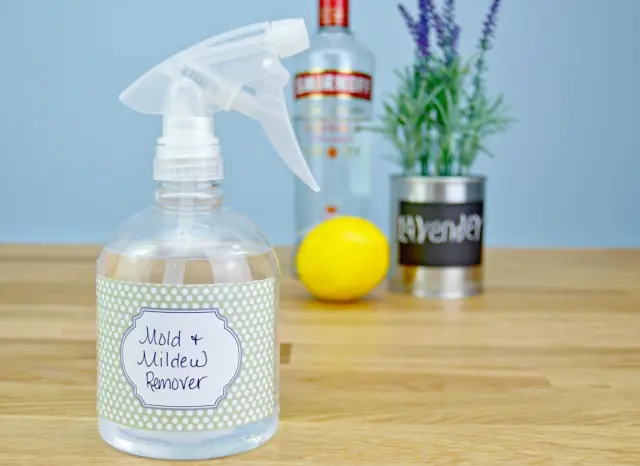This simple, natural rice face cream brings centuries of Japanese beauty wisdom to your fingertips.
For centuries, Japanese women have been admired worldwide for their remarkably smooth, luminous, and youthful skin. Their beauty routines often incorporate natural, gentle ingredients with profound benefits, and among the most treasured of these is rice. Not just a dietary staple, rice has long been revered in Japanese skincare traditions as a powerful source of hydration, brightening, and anti-aging.
If you’ve ever wondered how to achieve that porcelain glow and diminish fine lines naturally, this comprehensive guide will introduce you to a simple yet potent homemade rice face cream inspired by Japanese beauty secrets. This cream combines the nourishing properties of rice with vitamin E, glycerin, and aloe vera to rejuvenate your skin from within.
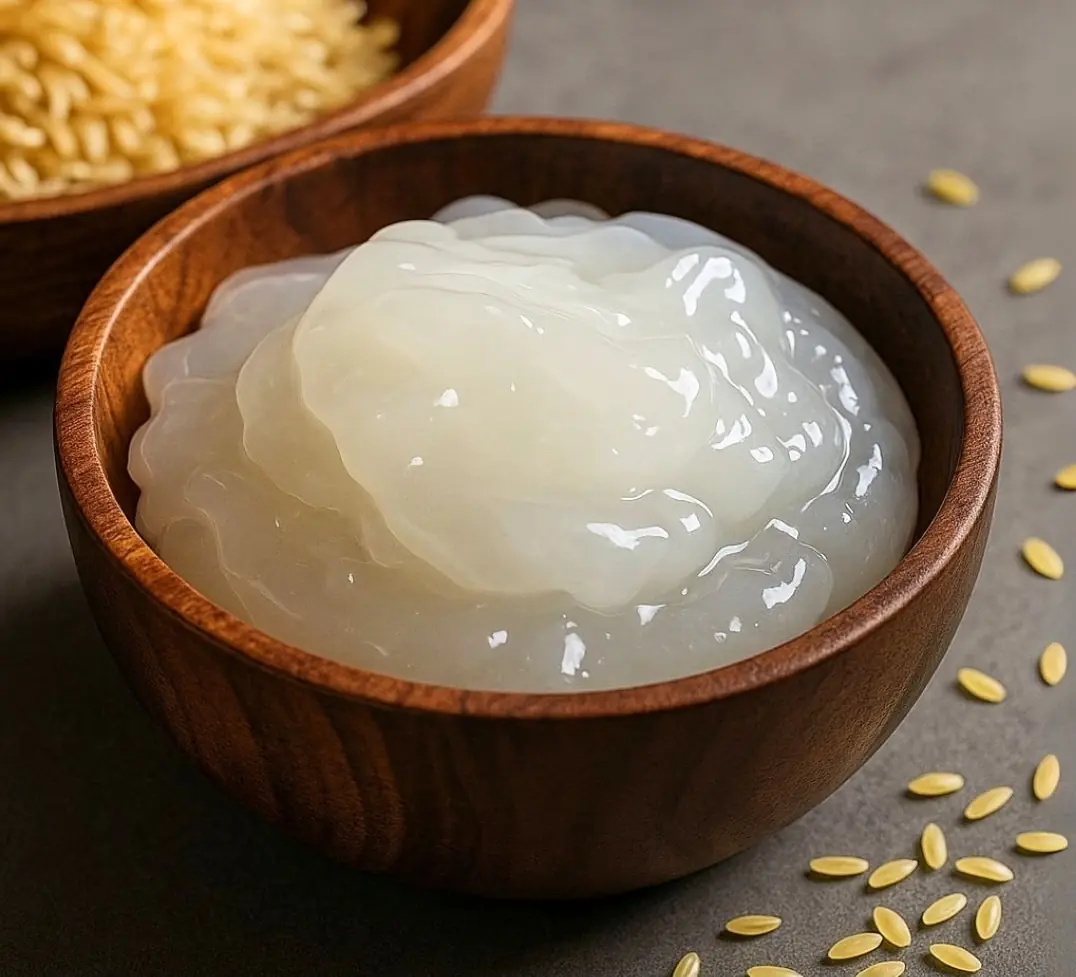
In this article, you’ll discover:
-
Why rice is a cornerstone of Japanese skincare and its scientific benefits
-
A step-by-step recipe to create your own rice face cream at home
-
How to apply the cream for optimal results
-
Additional tips to enhance your skin’s glow and youthful appearance
-
Insights into each ingredient’s role in skin health
Why Is Rice So Important in Japanese Skincare?
Historical Context
Japanese women have incorporated rice into their beauty rituals for hundreds of years. Historical texts and traditional practices reveal that rice bran oil, rice water, and rice powders were regularly used for cleansing, moisturizing, and protecting the skin from the harsh elements.
Nutritional Profile of Rice for Skin
Rice, particularly its bran and starch, contains a rich blend of compounds beneficial for the skin:
-
Amino Acids: Essential for collagen production, skin elasticity, and repair.
-
Antioxidants: Including ferulic acid and phenolic compounds that combat free radicals.
-
Vitamins B and E: Vital for skin regeneration, moisture retention, and protection against oxidative damage.
-
Phytic Acid: A natural gentle exfoliant that promotes skin brightness and clarity.
These components work together to hydrate, brighten, and slow down the visible signs of aging.
The Science Behind Rice Face Cream: What Makes It Anti-Aging?
Aging skin is characterized by loss of collagen, dryness, uneven tone, and fine lines. Rice face cream targets these issues holistically:
-
Collagen Support: Amino acids and vitamin E stimulate collagen synthesis, enhancing firmness.
-
Hydration: Glycerin and aloe vera gel ensure deep moisture, preventing dryness and flakiness.
-
Brightening: Phytic acid gently exfoliates dead cells and melanin deposits, resulting in a natural glow.
-
Antioxidant Protection: Vitamin E and rice antioxidants neutralize environmental damage, reducing premature aging.
How to Prepare Your Homemade Rice Face Cream: Step-by-Step
Ingredients
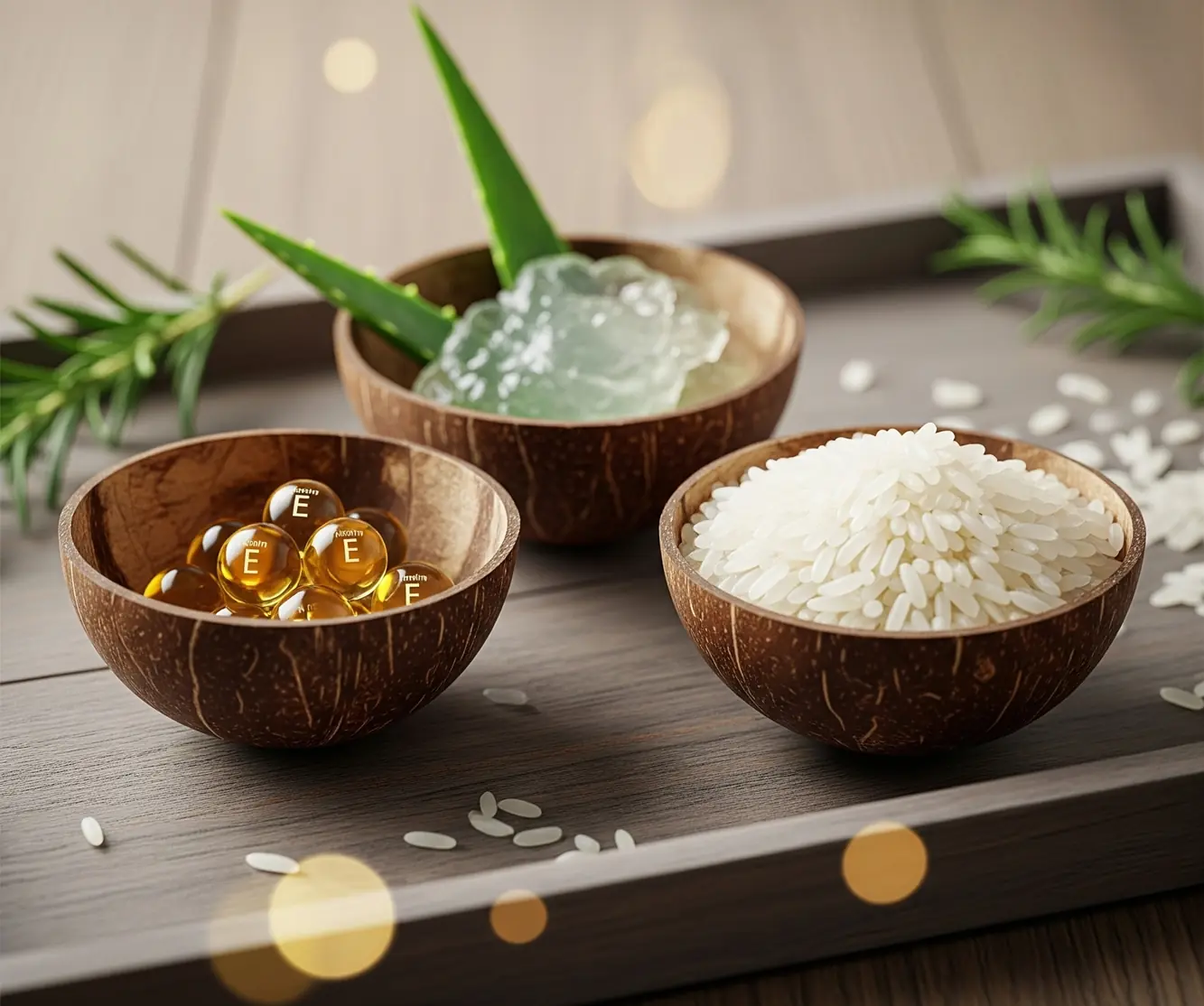
-
2 tablespoons white rice (preferably organic)
-
Contents of 3 vitamin E capsules
-
1 teaspoon glycerin
-
¼ teaspoon pure aloe vera gel (fresh or high-quality store-bought)
Instructions
-
Wash and Soak the Rice
Rinse the white rice thoroughly under cold water to remove impurities. Soak the cleaned rice in fresh water overnight, allowing nutrients to leach into the water and soften the grains.
-
Cook the Rice
The next morning, boil the soaked rice until soft. Use minimal water to avoid over-dilution but enough to prevent burning. Once cooked, mash the rice thoroughly into a smooth, consistent paste.
-
Strain for Fine Paste
Strain the mashed rice to remove any lumps, extracting a fine rice paste ideal for skin application.
-
Combine Ingredients
In a clean bowl, mix the rice paste with the oil from 3 vitamin E capsules, glycerin, and aloe vera gel. Stir well until you achieve a smooth, gel-like cream consistency.
-
Storage
Transfer the cream into a sterilized airtight jar. Store it in the refrigerator to preserve freshness and potency. Use within 7–10 days.
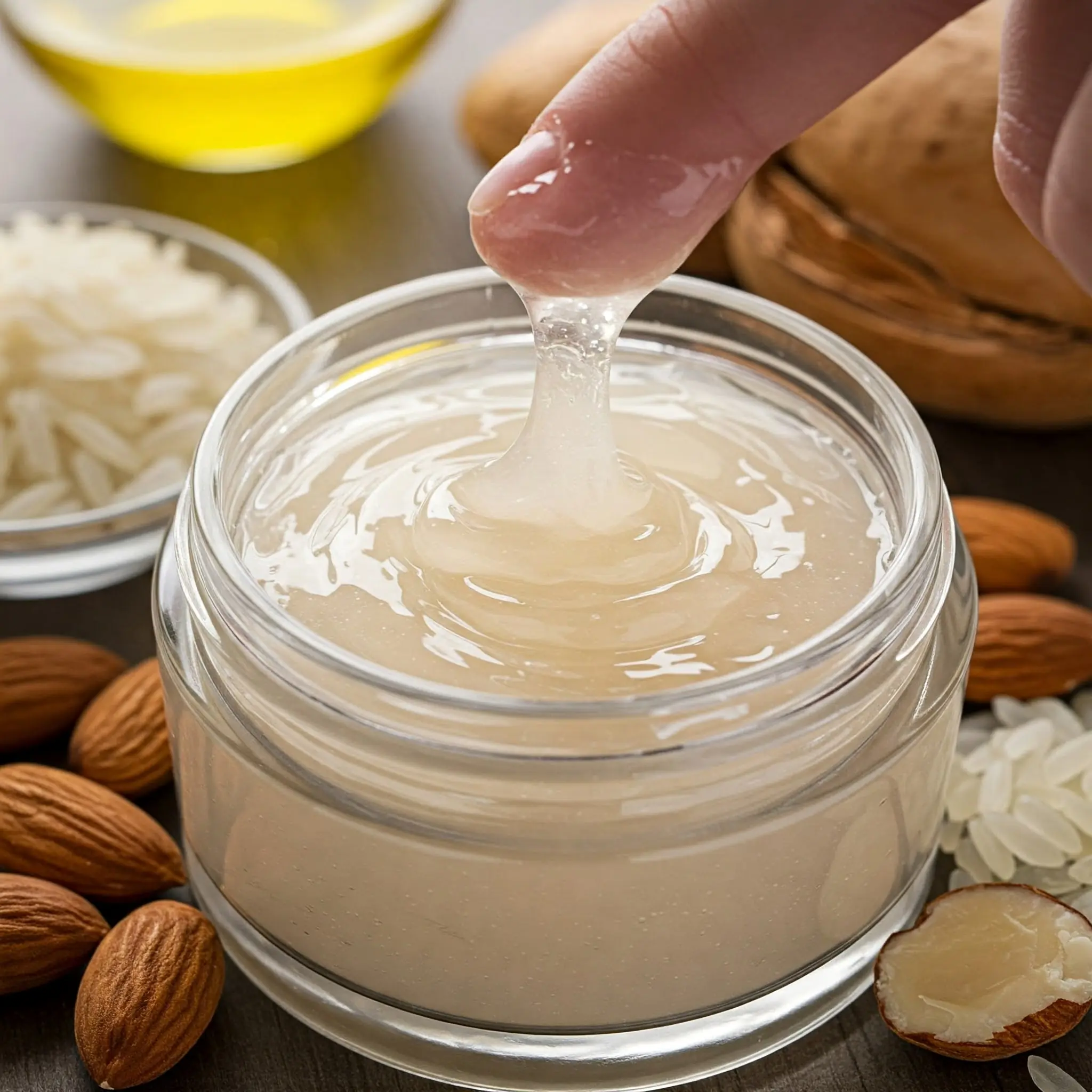
How to Use Your Rice Face Cream for Best Results
-
Apply a small amount of the cream onto freshly cleansed skin every morning and evening.
-
Massage gently in upward circular motions focusing on areas prone to aging such as the forehead, around the eyes, and mouth.
-
Allow the cream to absorb fully before applying makeup or sunscreen during the day.
-
Follow a consistent routine for at least 4–6 weeks to notice improvements in skin texture, hydration, and glow.
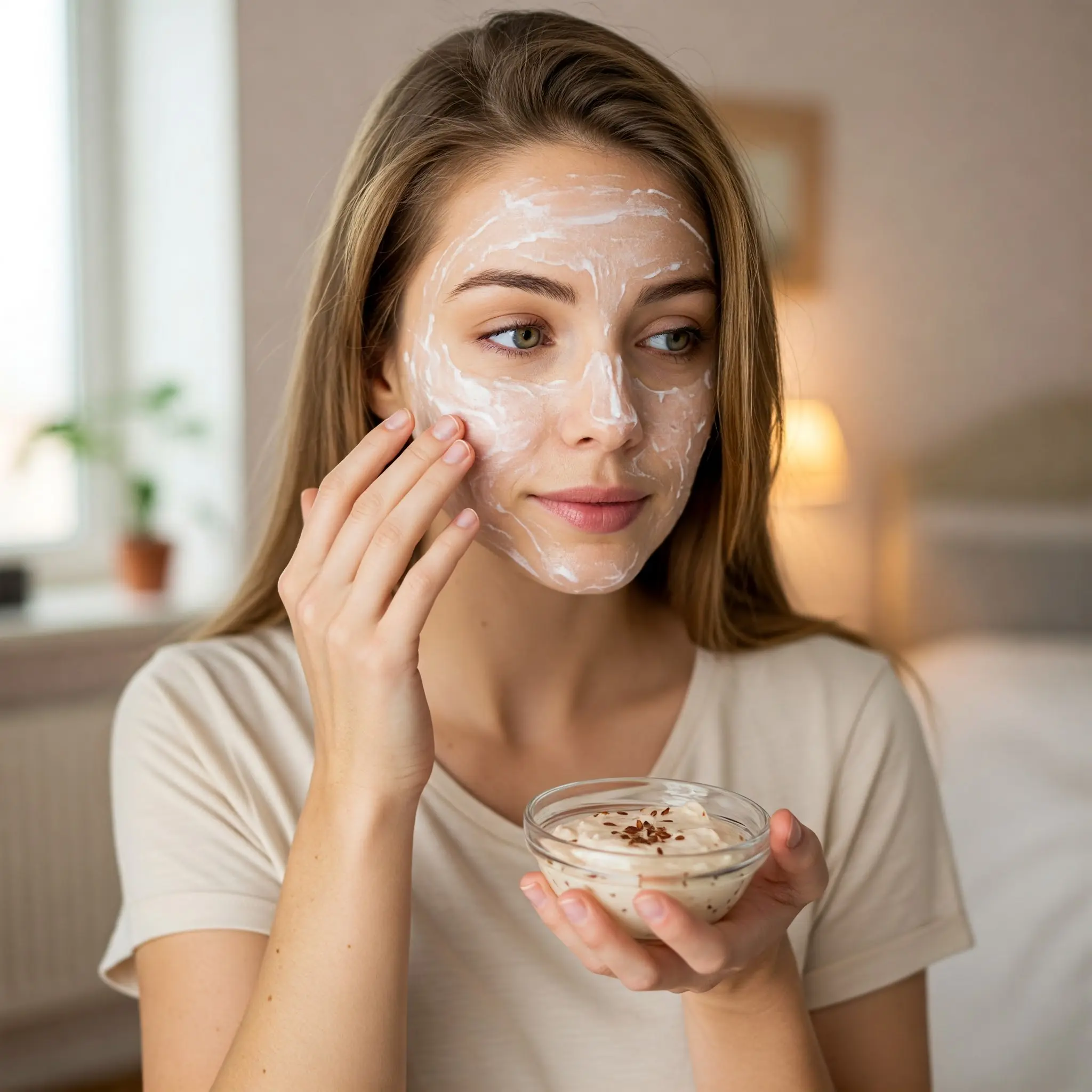
Additional Tips to Maximize Skin Benefits
-
Complement with Sunscreen: UV protection is crucial to prevent new damage and support repair.
-
Hydrate Internally: Drink plenty of water to keep skin plump and detoxified.
-
Use Gentle Cleansers: Avoid harsh soaps that strip natural oils.
-
Balanced Diet: Include foods rich in antioxidants, omega fatty acids, and vitamins.
-
Avoid Over-Exfoliation: Phytic acid in rice cream is gentle, but do not layer with strong chemical exfoliants.
Deeper Dive: What Each Ingredient Does for Your Skin
White Rice and Rice Bran Extract
Studies show that rice bran extract improves hydration, skin elasticity, and offers photoprotective effects. The polysaccharides nourish skin cells, while phytic acid acts as a mild exfoliant removing dead cells and brightening skin tone.
Vitamin E Oil
Vitamin E stabilizes cell membranes, protects against UV and pollution damage, and promotes skin healing. It reduces fine lines by supporting collagen synthesis and combating oxidative stress.
Glycerin
A natural humectant, glycerin pulls moisture from the environment into the skin, maintaining hydration balance and creating a soft, smooth skin surface.
Aloe Vera Gel
Aloe soothes irritation, reduces redness and inflammation, and promotes skin regeneration through its rich content of vitamins, enzymes, and antioxidants.
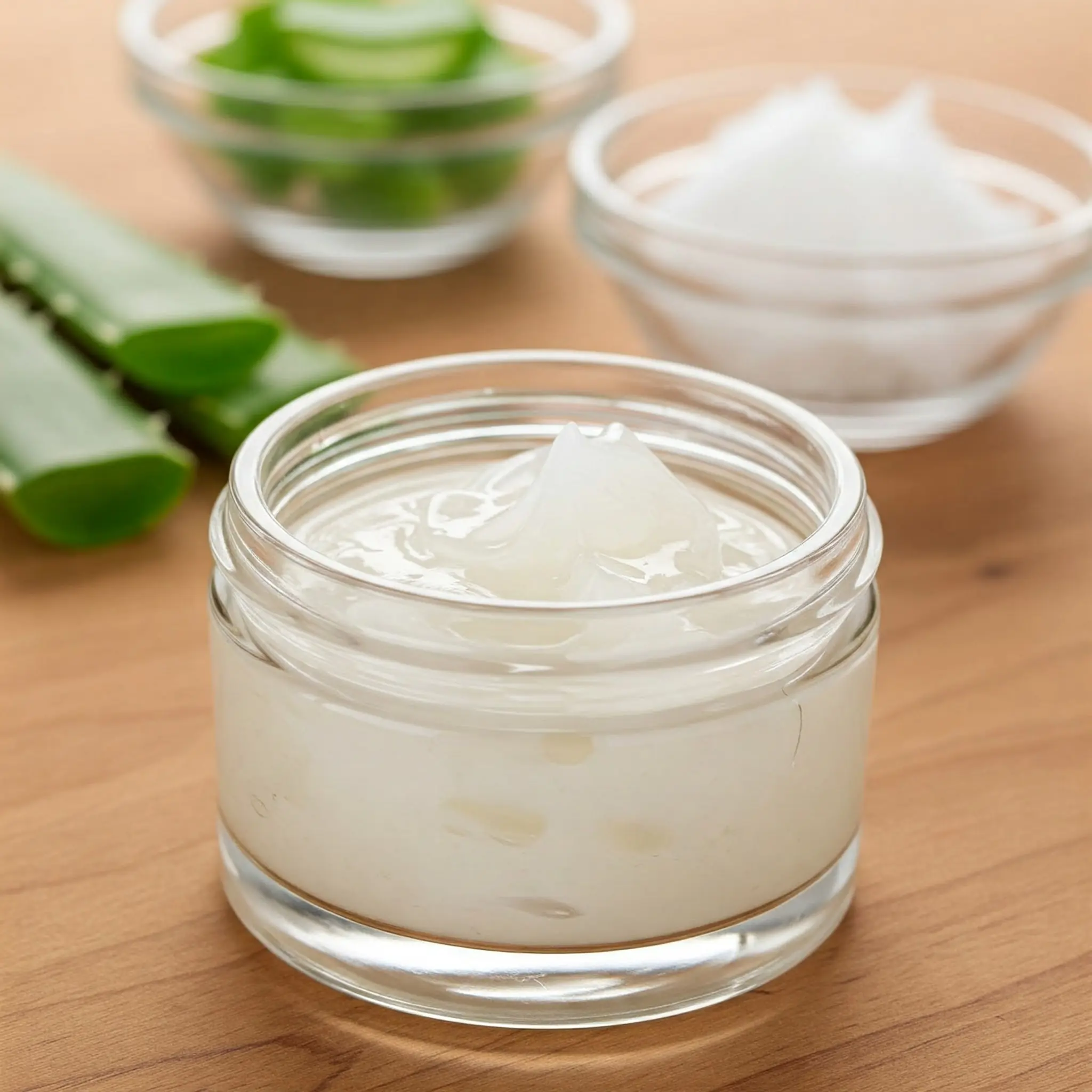
The Cultural Significance of Rice in Japanese Beauty
Rice is more than a cosmetic ingredient in Japan; it embodies purity, renewal, and longevity. Traditional geishas and noblewomen used rice water and rice bran scrubs to maintain porcelain skin. Modern beauty brands still incorporate rice extracts, honoring this legacy.
Scientific Evidence Supporting Rice-Based Skincare
-
A study published in the International Journal of Cosmetic Science found rice bran extract increases skin hydration and reduces wrinkle depth.
-
Research indicates phytic acid helps inhibit melanin synthesis, reducing hyperpigmentation and evening skin tone.
-
Aloe vera’s wound healing and moisturizing properties have been validated by numerous clinical trials.
DIY Variations: Customize Your Rice Cream
-
For Dry Skin: Add a teaspoon of jojoba or almond oil for extra moisture.
-
For Oily Skin: Add a few drops of tea tree oil for antimicrobial benefits and to balance sebum production.
-
For Sensitive Skin: Substitute rose water for aloe vera gel to soothe and tone.
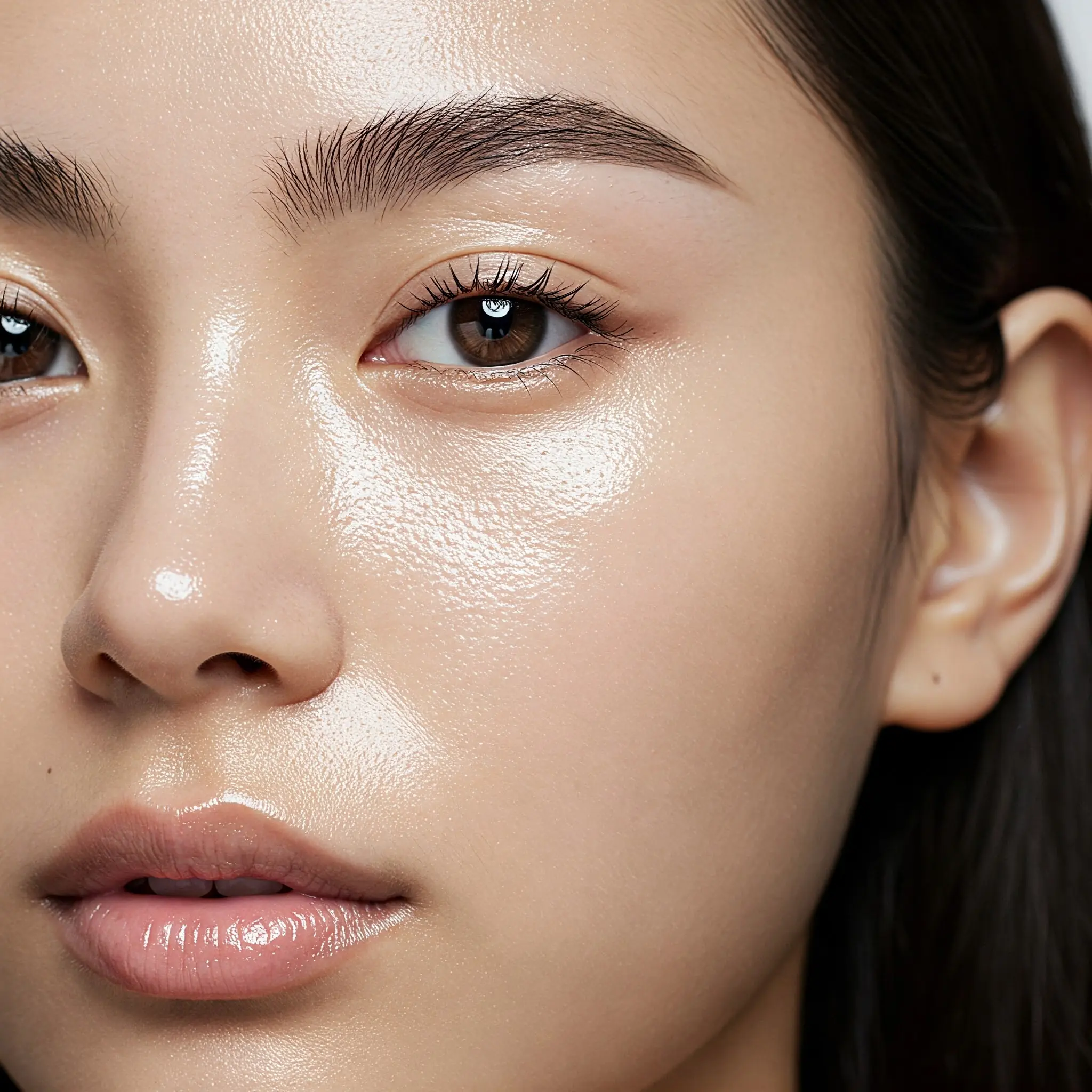
Final Thoughts: Unlock Your Skin’s Natural Radiance with Japanese Rice Cream
This simple, natural rice face cream brings centuries of Japanese beauty wisdom to your fingertips. Combining hydration, exfoliation, antioxidant defense, and skin repair, it’s an effective DIY anti-aging treatment for glowing, youthful skin.
Commit to this gentle yet powerful ritual, and you’ll soon experience smoother texture, diminished fine lines, and a luminous complexion - all with the kindness of nature and tradition.
Embrace the Japanese secret and reveal your flawless, radiant skin.
